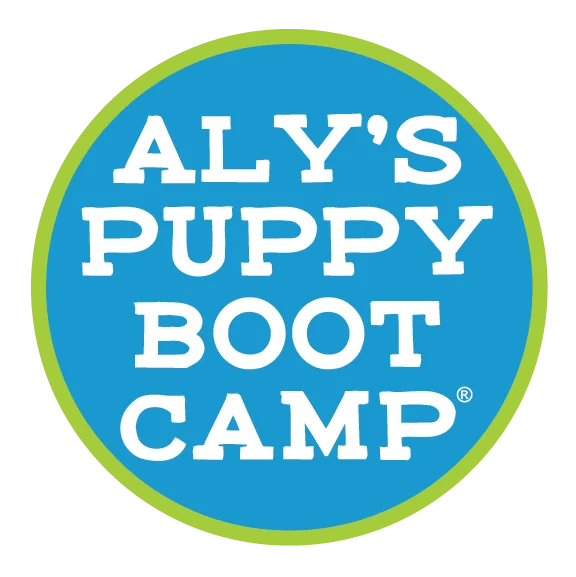Experiencing a dog attack is a horrific event that can occur in our journey with our canine companions, an unexpected incident that may deeply affect both you and your dog. Despite the shock and pain, it’s vital to remember that these unfortunate circumstances don’t need to define you or your relationship with your dog forever. In such times, we need to focus on recovery, leaning on the Pillars of Pack Leadership foundation to guide us.
The impact of a dog attack can be traumatic, leaving physical and psychological marks on both the owner and the pet. Recognizing this aftermath as a process of healing is crucial, requiring patience, time, and understanding. If you observe changes in your dog’s behavior or temperament, understand these are signs of stress and trauma. More than ever, your dog needs your support during this period.
Providing immediate and proper medical attention is a critical step towards physical recovery after an attack. Engaging with your vet ensures that all wounds are appropriately treated, and following prescribed aftercare instructions will help accelerate the healing process. It’s important to remember that, like humans, dogs can experience discomfort and pain while recovering, which necessitates gentle, patient, and compassionate handling.
On the emotional front, your dog might feel vulnerable and frightened post-attack. It’s at this point that the Pillars of Pack Leadership can be particularly effective in reinforcing your bond. By spending quality time with your dog, engaging in controlled play, and practicing obedience exercises, you can help rebuild their confidence. Encouraging your dog to explore their surroundings once more is beneficial, but it should be a gradual process, respecting their pace.
When your dog has physically recovered and shown signs of emotional healing, you can begin to reintroduce them to other dogs and people slowly. This is where the power of positive socialization comes in. At Aly’s Puppy Boot Camp, we believe that interaction with other dogs is crucial for a dog’s development and rehabilitation. Here, your pet isn’t just a number – we provide tailored care and ensure each dog gets the attention they need. Especially after an attack, a dog needs to be in a safe and controlled environment where they can learn to trust again.
Our structured socialization program introduces your pet to other dogs in a beneficial way. This involves gradually exposing your dog to other friendly, well-behaved dogs under close supervision. The other dogs at APBC serve as role models and help teach your pet about appropriate social behavior.
Reintroducing a traumatized dog to other dogs can seem counterintuitive, but it’s actually essential. Dogs are social animals and isolating them can lead to more fear and anxiety. However, this socialization needs to be controlled and done right, and that’s what we excel at APBC.
It’s important to note that beneficial socialization is not about throwing your pet into a pack of dogs and hoping for the best. It’s about carefully orchestrating positive experiences with other dogs. Our professional staff closely monitors these interactions, ensuring they are positive and nurturing.
We don’t rush the process. The pace of socialization depends on the individual dog’s comfort and readiness. Our ultimate goal is to rebuild the trust and confidence your pet might have lost.
A busy dog park could be overwhelming initially. Opt for one-on-one interactions with friendly dogs you’re familiar with, always monitoring these interactions closely and prioritizing your dog’s comfort and safety, or get to a professional facility that provides supervised, structured socialization.
While we can’t foresee or control all incidents, we can certainly learn from them. Try to understand the factors that led to the attack and think about how they could have been prevented. This knowledge will facilitate safer future interactions. It’s essential to remember that offering a safe, sane, and civilized life for our dogs involves learning from past experiences and continuous improvement. There are products that you can carry out on all walks that also might help provide the necessary seconds you need to potentially stop an attack in an emergency:
- HALT Dog Repellent Spray Repeller
- Loud Whistle You can wear around your neck and make a startling noise
- Stun Gun The huge noise might be enough, but the stun may interrupt the attack.
At the heart of recovery is the concept of resilience. It’s normal to feel fear and anxiety after such an incident, but these feelings shouldn’t govern you or your dog’s life. With each passing day, both you and your dog will regain confidence, ensuring this incident does not define your relationship or your future.
Just remember that recovering from a dog attack is a journey that requires patience, understanding, and an abundance of love. Adhering to the Pillars of Pack Leadership foundation, focusing on safety and trust, structure and and reinforcing your bond will help you and your dog navigate this challenging period. Remember that bad things can and do happen, but neither you nor your dog need to be defined by them. Rather, let such experiences strengthen your resolve to lead a safe, sane, and civilized life together. Stay strong.
